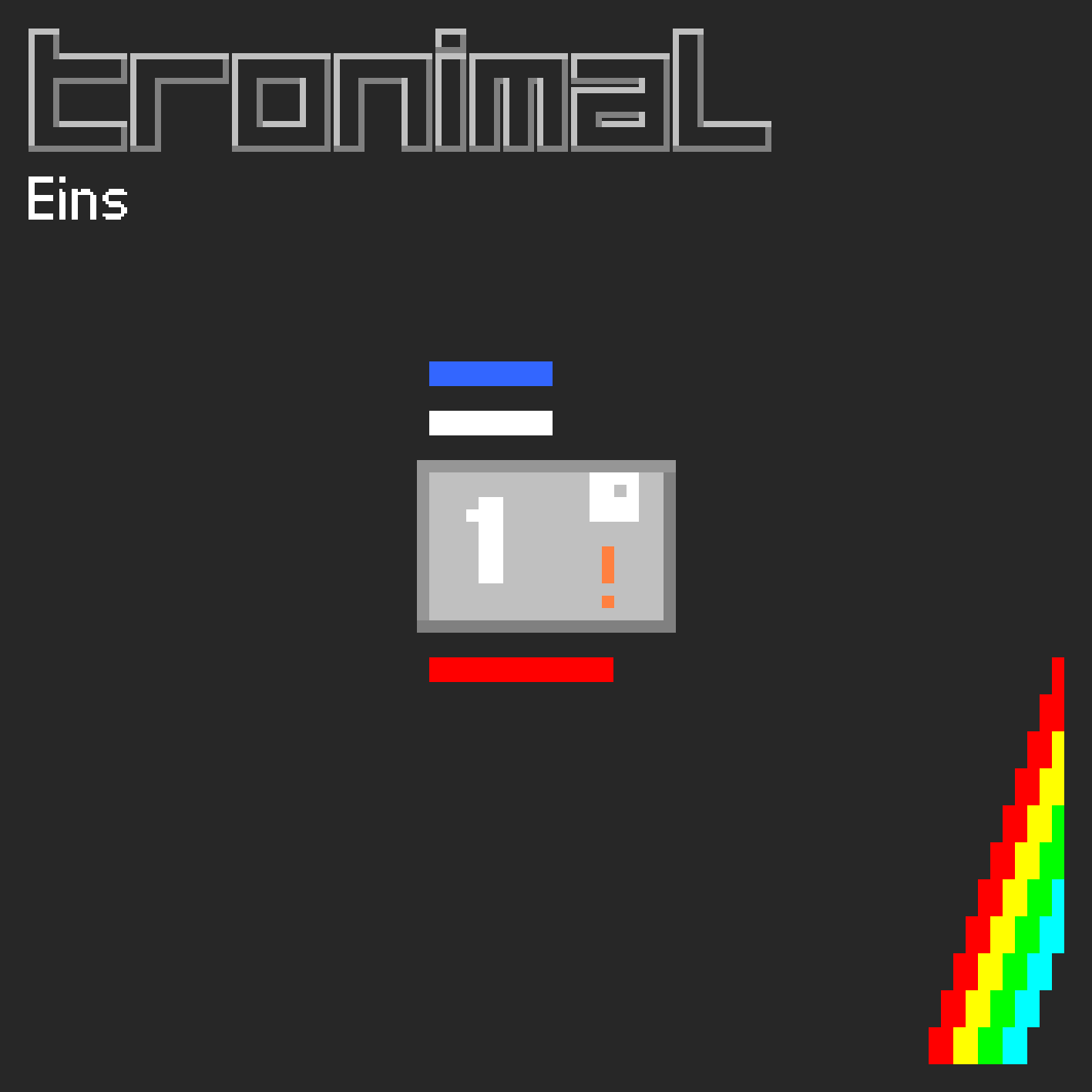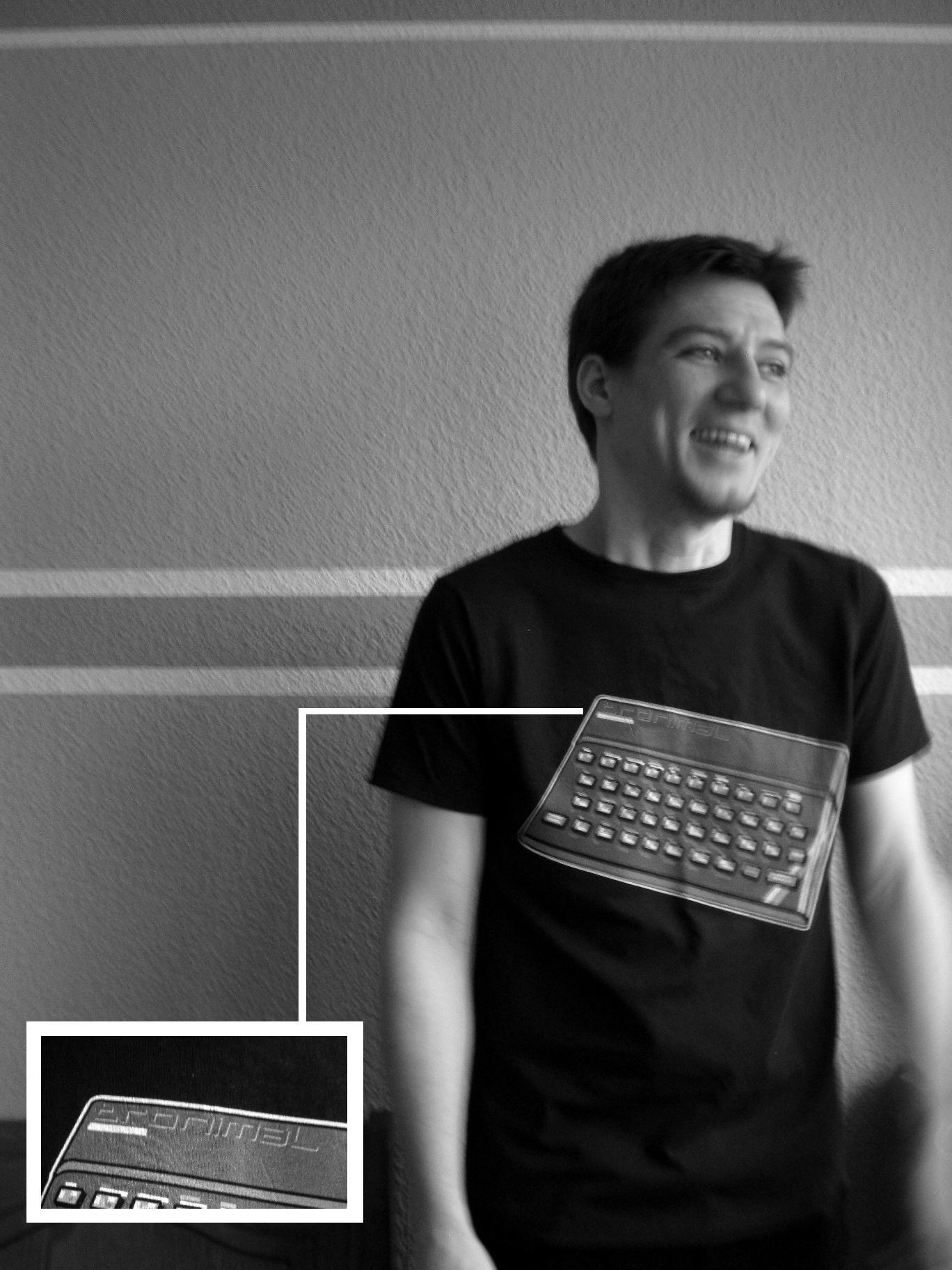Regarding a potential new tracker, I just remembered an old idea I had when 1tracker came out.
The main disadvantage of the pattern-less approach in 1tracker is that with increasing song length, moving around in the song, keeping track of what is what, and changing large portions of the sequence becomes tedious and demands a lot of attention. So, how to solve this?
My idea is to have an additional visual representation of the sequence - not unlike the Beepola pattern sequence in terms of layout, but translated to the marker concept in 1tracker. Each section (ie. block of song data defined by two markers) will be numbered, and shows up as a block in the sequence layout. This is fluid, ie. when a marker is removed, the sequence view changes accordingly (numbering should stay to avoid confusion). Perhaps there should also be the possibility to name sections, or assign a color to them, for those structures the user decides to keep permanently.
Now, obviously this wouldn't quite work like a traditional pattern matrix, ie. blocks can't be used multiple times. But it would still offer several possibilities to the user:
- clicking on a block will move you to the according position in the song data.
- drag blocks to move them around in the sequence. Multiple consecutive blocks can be selected with Shift+Click.
- Clone one or several consecutive blocks by marking source blocks with Ctrl-Click, then right-click at the desired position to insert the clone.
- Cut sections by marking them like above, then Del. Freed up section numbers may be re-used by the auto-numbering.
Well, just some random ideas here. I have neither the time nor the skills to actually program something like this.


